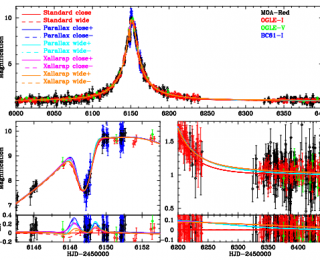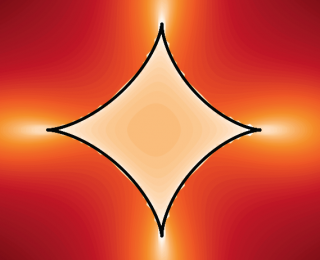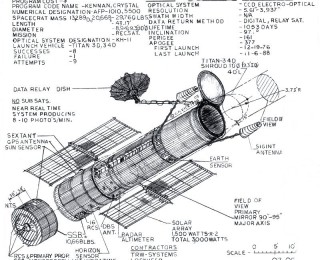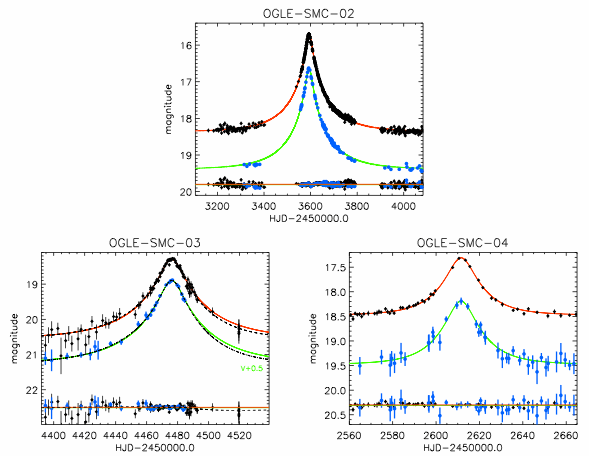
A Long Time Ago around a Star Far, Far Away…
Today, we’re taking a look at a recently discovered planet, which is almost 10,000 light years away from Earth, and as such one of the most distant planets ever discovered.

Today, we’re taking a look at a recently discovered planet, which is almost 10,000 light years away from Earth, and as such one of the most distant planets ever discovered.

The bending of light by gravity produces many phenomena, which can be exploited to make otherwise impossible observations. Chief among these is microlensing, where the light from a distant star or galaxy can be magnified by another object in between it and the observer. Initially used to image distant galaxy clusters, it can also reveal the presence of otherwise undetectable planets.es

When the stars align, you just might catch a planet, a black hole, or a binary star—but it’s hard to measure its mass! What does it take to do so?

Today the National Reconnaissance Office (NRO) announced that it has given NASA not one but two fully-constructed space telescopes, roughly equivalent to Hubble with a wider field of view. The telescopes, which were offered to NASA about a year ago (a team of scientists has been considering whether to accept them in the meantime), come with all their hardware minus instruments – a total value to the agency of hundreds of millions of dollars plus years of lead time.
I like Cracked. You probably do too. But like that old adage that every newspaper story is true except for the ones for which you happen to have firsthand knowledge, I found their recent article on 6 Real Planets That Put Science Fiction To Shame to be . . . lacking. Not lacking in funny, or facts, but lacking in my favorite planets, and some of the weirdest specimens the universe has yet to offer up. So, without further ado, here are 6 more real planets (plus a bonus) that any sci-fi editor would have rejected as “too out there” just a few decades ago.

In previous astrobites posts, we’ve talked about using microlensing to find planets and to detect dark matter in other galaxies. However, one of the earliest applications of microlensing was a bit closer to home: the detection of compact objects in the dark matter halo of our own galaxy. We know there is a lot more mass in galaxies, including our own, than what we can see. Dark matter comprises more than 80% of the matter in our Universe, but what is it really comprised of?